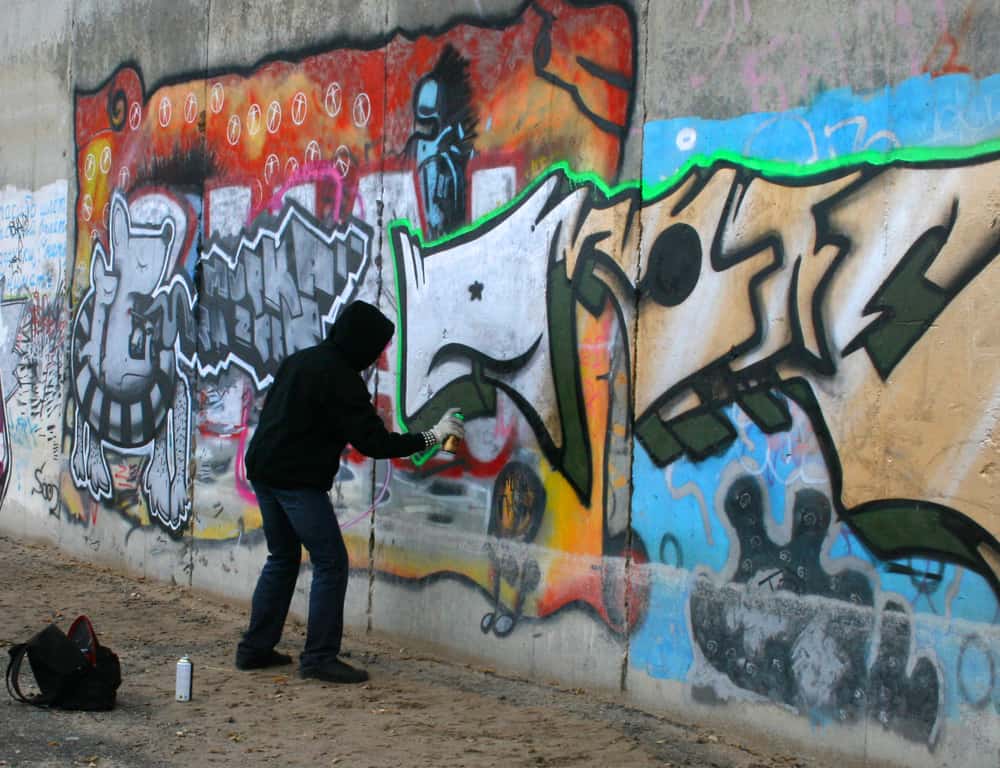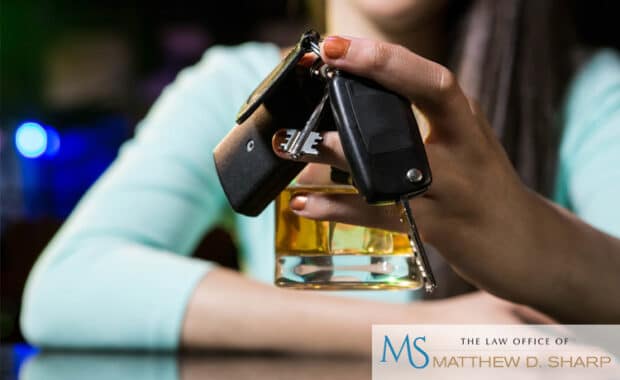The legal term for property destruction is criminal mischief under Texas law. Criminal mischief may include property damage, tampering with the property or belongings of other people, arson, or vandalism:
- It could be accidental, unintended damage after a hit and run accident.
- It could also be intentional damage, such as cutting a vehicle owner’s tires.
- Criminal mischief can result after a domestic fight or an altercation.
- It might even result from a political action, such as the defacement of a public monument.
Some of the reasons you might face a Texas criminal mischief charge:
- You knowingly, intentionally damaged another person’s property,
- You knowingly, intentionally tampered with another person’s property and caused substantial inconvenience or loss to them as a result, or
- You knowingly, intentionally made drawings, marks, inscriptions, or graffiti on someone else’s property
Depending on the specific circumstances and the dollar amount of damage to the property, Texas law includes several criminal mischief classifications.
Punishments for Texas Criminal Mischief
Minor property damage is typically punished with a fine. Major property damage, such as damage done to an expensive building or garden, could lead to jail time.
Punishments for Texas criminal mischief may increase to reflect the way the actor executed the damage:
- Spray painting a highway overpass will be viewed less severely than placing explosives in a public train station.
- Setting a bonfire or controlled burning in a field without a permit will be viewed less severely than setting fire to an occupied building.
Minor criminal mischief cases might include graffiti on a bridge, tampering with fences and gates, or breaking windows. Any of these actions is considered against the law if it’s performed knowingly and intentionally or without the owner’s consent.
Class C misdemeanor: If the actor does damage valued at up to $50, or if he or she causes inconvenience to others through the action, the crime is punishable by a maximum $500 fine. The court may order restitution to the property owner as well.
Class B misdemeanor: If the actor damages property valued from $50 – $499, the crime is punishable by a maximum six-month jail term plus a maximum $2,000 fine.
Class A misdemeanor: If the actor damages property valued from $500 – $1,500, or damages property worth less than $1,500 but interrupts public communications, transport, gas, power, or water supply, the crime is punishable by a one-year maximum jail term plus a maximum $1,000 fine.
Jail Felony: If the actor damages property worth $1,500 – $20,000, or damages property worth $1,500 or less but uses fire or explosives, or damages fencing for livestock, the crime is punishable by a minimum 180-day and maximum two-year jail term plus a maximum $10,000 fine.
Third-Degree Felony: If the actor damages property worth at least $20,000 – $100,000, the crime is punishable by a minimum two-year to maximum 10-year prison sentence plus a maximum fine of up to $10,000.
Second-Degree Felony: If the actor damages property worth at least $100,000 – $200,000, the crime is punishable by a minimum two-year to 20-year prison sentence and a maximum $10,000 fine.
First-Degree Felony: If the actor damages property worth at least $200,000 or more, the crime is punishable by a minimum five-year to maximum 99-year prison sentence plus a maximum $10,000 fine.
Defenses for Texas Criminal Mischief
Criminal mischief charges are considered serious. To build a solid legal defense against these charges, the criminal defense attorney will frame the circumstances surrounding the action. For instance, if a young person does graffiti or performs a minor vandalism, it may be possible to enter a guilty plea in exchange for lesser punishments.
A first-time or minor offender charged with criminal mischief may be offered deferred adjudication rather than probation as punishment. In other words, if the defendant agrees to avoid a new arrest and successfully completes the supervisory period, the charges will drop and his or her record will be expunged.
The court may require restitution to the victim(s) for the damaged or destroyed property’s value. In some instances, restitution may take the place of community supervision or incarceration.
Statute of Limitations for Property Damage in Texas
Victims must comply with deadlines established by the Texas statute of limitations regarding claims for destroyed or damaged property. Failure to consider these deadlines may require the victim to forfeit the right to compensation from the person who committed the property damage.
Property damage may involve real property, such as damage to land or a home, or personal property, such as vehicle damage.
In the state of Texas, victims have a two-year statute of limitations in which to file a claim seeking replacement or repair of destroyed or damaged property. (Tex. Civ. Prac. & Rem. § 16.003) The case must be initiated within the two-year period from the date of which the property was destroyed or damaged.
The statute of limitations is an important consideration when the victim is requesting compensation for the destroyed or damaged party, whether it’s party of another legal action, such as a car accident case that involves dual claims for vehicular damage and personal injury, or a freestanding lawsuit.
Of course, the statute of limitations is also important to the person who destroyed or damaged another person’s property. He or she may have concerns about coming forward to claim responsibility for his or her actions. But before taking the step of admitting responsibility to the victim or police, it’s important to consult with an experienced criminal defense attorney.
Property Crime Rates in the Houston, TX Area
Houston is generally considered as a place of economic opportunity. The safest neighborhoods in Houston include Clondine, Clondine Reddick Rd. at Beechnut Blvd., Dorado Blvd. at Clear Lake City Blvd., Dogwood Acres at Walden Woods, Addicks, Echo Mountain Dr. at Mills Branch Drive, Westheimer Parkway at S. Ferry Rd., Blueberry Hill Dr. at Pine Cliff Dr., Hudson, and Kingsland Blvd. at Baker Rd.
These affluent neighborhoods have a lower total number of crimes and relatively low amounts of property crimes.
Houston residents reported more than 100,000 property crimes last year:
- This works out to 4,392 property crimes per 100,000 people in the Houston area.
- Houston has a higher property crime rate than the Texas average of 2,831 crimes per 100,000 people.
- Both the Houston metro area and Texas report higher amounts of property damage than the national average of 2,487 crimes per 100,000 people.
Houston’s property crime rate is 55 percent higher than the average property crime rate in Texas and 77 percent higher than the national property crime rate average.
Houston’s overall crime rate is 65 percent higher than the state average and 88 percent higher than the U.S. average.
Perhaps Houston’s higher property damage crime rate is a reflection of our rapidly expanding local economy. The fact of the matter is that more people are accused of criminal mischief and property damage crimes in Houston than other parts of the state.
Houston Criminal Mischief Attorney
If you have been charged with an alleged criminal mischief offense, you need a criminal defense attorney. Matthew Sharp is an experienced Houston, TX property crime defense attorney who will use his legal knowledge and skills to help you avoid serious penalties relating to the alleged offense. Contact The Law Office of Matthew D. Sharp to schedule an initial case evaluation.






